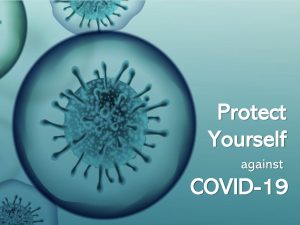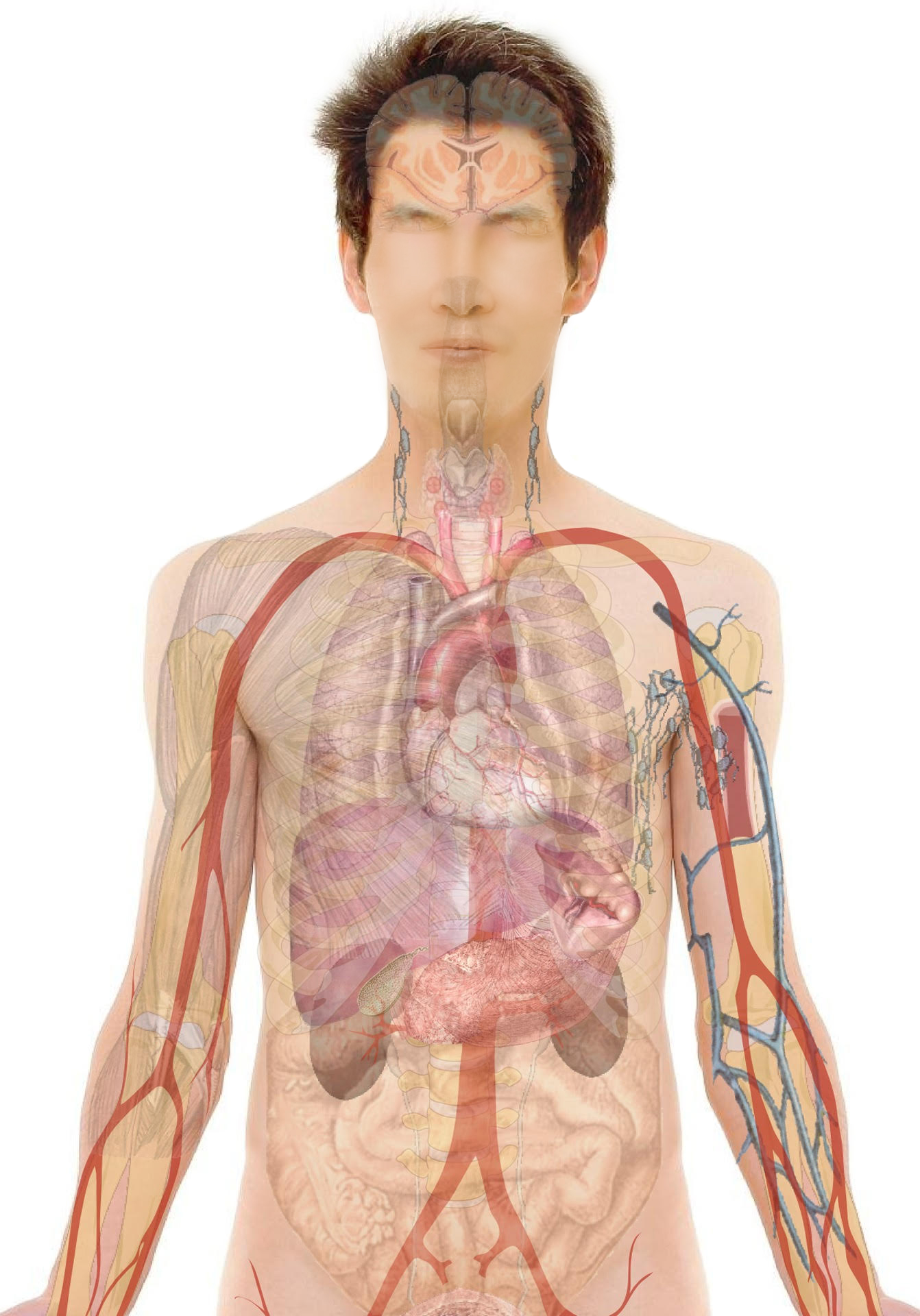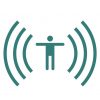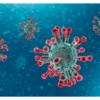Definition and Causes:
Definition:
Cluster headaches are one of the most severe and intense headaches when compared with migraine attacks. It is a brief, intolerable pain of unknown cause; surrounding the area around one eye (left or right).
Headaches tend to recur over a period of few weeks (often ~2-8 weeks), followed by the headache-free period of months before they occur again. The episodes typically occur around the same time each day, often awakening a person within 1 to 2 hours after going to bed. Each episode may last from minutes up to ~3 hrs. Some may experience 2-3 episodes at different times each day.
Nocturnal attacks can be more severe than the daytime episodes.
Cluster headaches are uncommon and often affect individuals less than 30 years of age.
Causes/Triggers:
The actual cause of cluster headaches is unknown. One theory is the activation of neural (nerve) pathways in the base of the brain. The nerve that provides sensation to the face is called the trigeminal nerve; so named because it has three main branches. There is one trigeminal nerve on each side of the face. Each trigeminal nerve originates in the brain and runs out to the face.
Activation of trigeminal nerves which appears to come from the deeper part of the brain called the hypothalamus and is home to our “internal biologic clock” which regulates our sleep and wake pattern.
Recent imaging studies have shown activation or stimulation of the hypothalamus during a cluster attack; this may well explain why the attacks occur around the same time each day.
In addition to pain, activation of the trigeminal nerve stimulates another group of nerves which causes; redness and tears of the eyes, with nasal congestion/draining associated with these attacks.
Symptoms:
Pain is of sudden onset, comes without warning, typically on one side of the face (around the eye); may start as a burning sensation and peaks within minutes lasting for 15-180 minutes.
The attacks are often nocturnal awakening a person from sleep.
The pain almost always begins in one eye and on one side of the face; while in a small minority the pain switches to the opposite side during the next cluster.
The pain has been described as “excruciating,” “explosive,” and “deep.” Some report a stabbing eye pain with or without the sensation of an electrical-shock, lasting for a few seconds, and a deeper aching sensation that lasts for 30 minutes or more.
Summary of main symptoms:
- Affects one side of the face
- Excruciating pain around the same time daily
- Eye redness
- Stuffiness of nostril
- Facial swelling, flushing, and sweating.
Patients should seek medical attention from a physician with expertise in pain management and/or headaches.
Note: Prompt medical attention (including ER visit) may be required if:
- Unbearable, uncontrolled pain that is not relieved by usual pain killers or prescribed medication
- Difficulty with eating/drinking due to pain
- Undesirable side effects of medication such as drowsiness, nausea, and vomiting
- Change in severity and frequency of attacks
Investigations and Treatment:
The treating physician may obtain a detailed history and a physical examination.
- History: The doctor will inquire about
- The nature of pain
- Severity and intensity
- Location /frequency/duration
- Pain is new or longstanding
- Intermittent or persistent pain
- Association with nausea or vomiting
- Triggers, i.e. if worsened by chewing, speaking, weather, temperature, etc.
- Physical exam might include:
- Blood pressure, heart rate, temperature. A neurological examination may also be conducted
Investigations:
Most patients with a clear description of the headache, that improves with pain medications and who has a normal physical examination, may not require any specific investigations. However, if there is a suspicion or concern of some other underlying cause, then patients may be requested to have brain imaging.
Computed Tomography (CT) Scan:
- This device uses x-rays. Patients will lie on a table with the head placed inside of the scanner (resembles a large donut). Computer analyses detailed x-ray images of the brain which are obtained by the scanner. The scanning time is usually very rapid (~1 minute). In special circumstances, a dye might be injected into the veins just before the scan (CT with contrast). This can sometimes help to identify areas of infection (abscesses), inflammation, tumors, etc.
CT Angiogram (CTA):
- A CT scan of the brain is completed after dye has been injected into the veins (CT with contrast), however, the computer analysis focuses on the arteries (a type of blood vessel) in and around the brain. This can be used to help identify aneurysms
Magnetic Resonance Imaging (MRI):
- This does not use x-rays. Instead, MRI uses magnetic fields over the body. The device looks like a long cylindrical tube. Patients will lie on a table that slides into the hollow tube. Computer analysis of magnetic fields within the machine can generate images of the internal structures of the body’s organs, including the brain. MRI of the brain will show the normal structures, plus any area(s) of brain injury caused by the inflammation, tumors, previous stroke, etc. Patients must lie still inside the MRI machine for several minutes. In some circumstances, a dye might be injected into the veins (enhanced MRI) just before the scan to help improve the detection of abnormalities. Patients who complain of claustrophobia or discomfort may be given a mild sedative to help relax prior to MRI scanning
Cerebrospinal fluid (CSF) analysis:
Lumbar Puncture/Spinal tap
- This procedure is not routinely used in the assessment of headache but may be used in some circumstances, e.g. suspicion of brain infection or leakage of blood from an aneurysm. The purpose is to extract a small amount of fluid called cerebrospinal fluid (CSF) from the patient’s spine in the low back (lumbar) area and send for analysis. During the procedure, the physician will clean and drape the lumbar area. A local anesthetic is administered over the skin where the needle is to be placed. Since the spinal cord does not extend down into the lower lumbar region there is little or no chance of causing injury to the spinal cord. The extracted CSF is sent to the laboratory for analysis and is checked for protein, glucose, red and white blood cells and infectious organisms such as bacteria and viruses. In some circumstances, CSF is used to check for cancer cells (if required)
TREATMENT:
Involves two types of interventions as follows:
Abortive Therapy:
As the name suggests, this therapy is designed to abort a headache once it has started. Medications that may relieve symptoms include “triptan” agents; along with oxygen inhalation through a face mask for twenty minutes.
Triptan agents: Usually more effective than over the counter formulations, and are used as needed.

Preventive Therapy:
These medications are prescribed to shorten the length of the cluster headache period as well as decrease the severity of the headaches. Medications options include: verapamil, galcanezumab, lithium, divalproex sodium, prednisone (only short courses), and ergotamine tartrate.

Note: While there are potential side effects of using these medications, there are also beneficial effects. Consequently, the treating physician will assess the side effects risks versus the benefits in controlling symptoms and improving quality of life (risk versus benefit ratio), before recommending treatment. If the patient has other medical conditions or using other medications, these are taken into account when prescribing medications. The patient is advised to take note of and report potential side effects to the treating physician.
Nerve Block:
Maybe an option for people who do not benefit from standard therapy, mostly involves blocking of the trigeminal nerve.
Risk Factors and Prevention:
Smokers and alcohol abusers may be more prone to cluster headaches.
Outcome:
Although there is no cure for cluster headaches, careful monitoring of symptoms and use of both abortive (for immediate relief) and prophylactic medical therapy can help control cluster attacks and improve quality of life.








